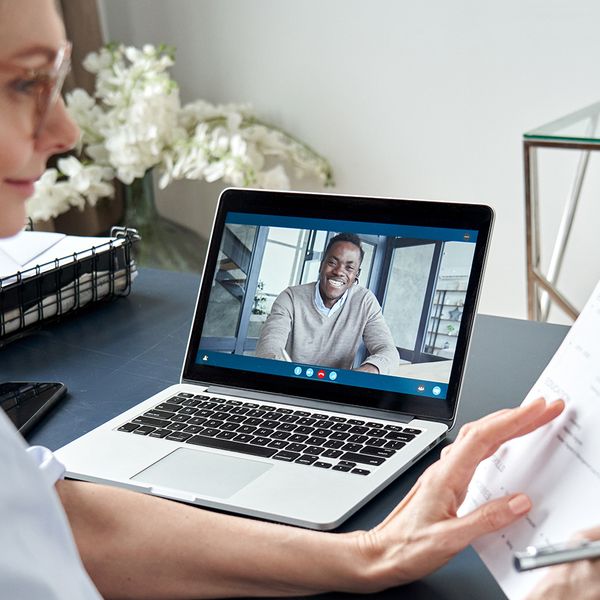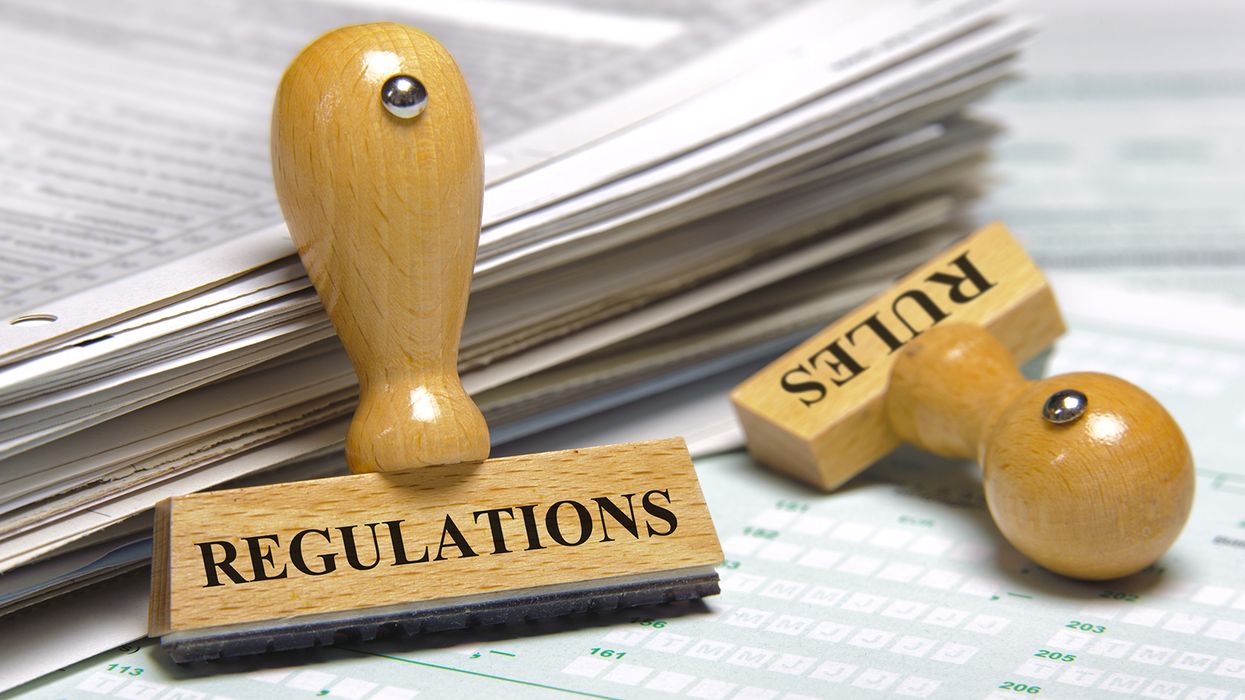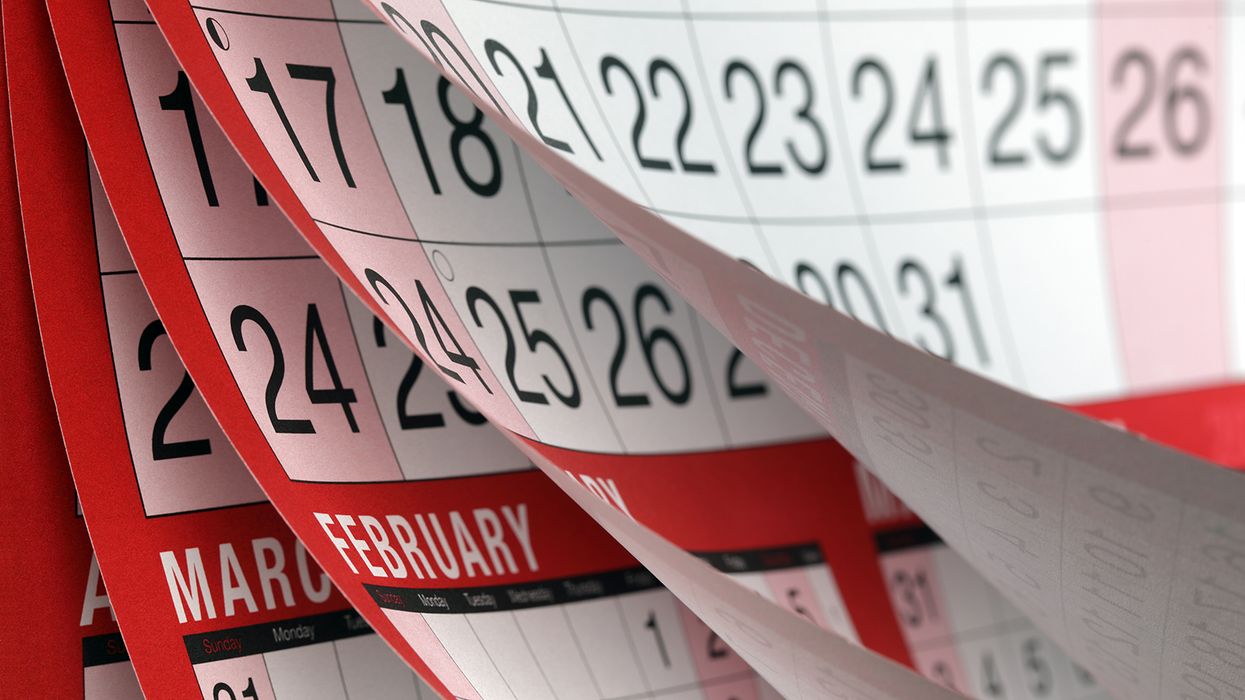Recruiting? Conduct a job analysis first
December 2022 reports from the U.S. Bureau of Labor Statistics indicated that although hiring slowed down a bit, overall job gains for 2022 — 4.5 million — were the second highest on record. This is slowdown impacts employers that are recruiting and hiring.
Attracting top talent can be a challenge. One way to boost recruitment efforts might be to conduct an analysis of the jobs that need to be filled.
By dissecting a position, an employer can fine-tune the job’s purpose, essential functions, setting or location, and required qualifications — all inching the employer closer to hiring a qualified candidate.
How to conduct a job analysis
A job analysis is the procedure for gathering information to help determine what skills are needed to perform a specific job. An HR department is generally responsible for understanding the key components of jobs within an organization. Thus, a job analysis often begins in HR.
The completed analysis is then used to write or update a job description. A well-written job description can aid in recruitment efforts, as well as performance reviews and other administrative functions.
A detailed job description can bring a level of consistency to positions — employees know what to expect of the job and what the job expects of them. When there is employee turnover or a need to hire due to an increase in business, organizations with developed job descriptions can quickly replace or hire additional workers.
To conduct a job analysis, these questions can help analyze each position:
- Purpose — What are the specific contributions of the job as it aligns with the overall objectives of the department or the organization?
- Essential functions — What duties are critical or fundamental to the performance of the job?
- Job setting — What type of workstation, environment, or location is available where the essential functions are performed? Can the job be performed remotely?
- Job qualifications — What are the minimum skills an individual must possess to perform the essential functions?
Once information has been gathered and organized, employers may use the data in the following ways:
- Develop objective, job-related interview questions.
- Write or update job descriptions.
- Determine if accommodations can assist a person with a disability to perform the job.
- Conduct personnel duties and administrative functions in a non-discriminatory manner.
While conducting a job analysis doesn’t guarantee a smooth recruiting and hiring process, it’s one task within an employers’ control that might help find a qualified job candidate more quickly.
Key to remember: Attracting top talent can be a challenge. One way to boost recruitment efforts might be to conduct an analysis of the jobs that need to be filled.

















































